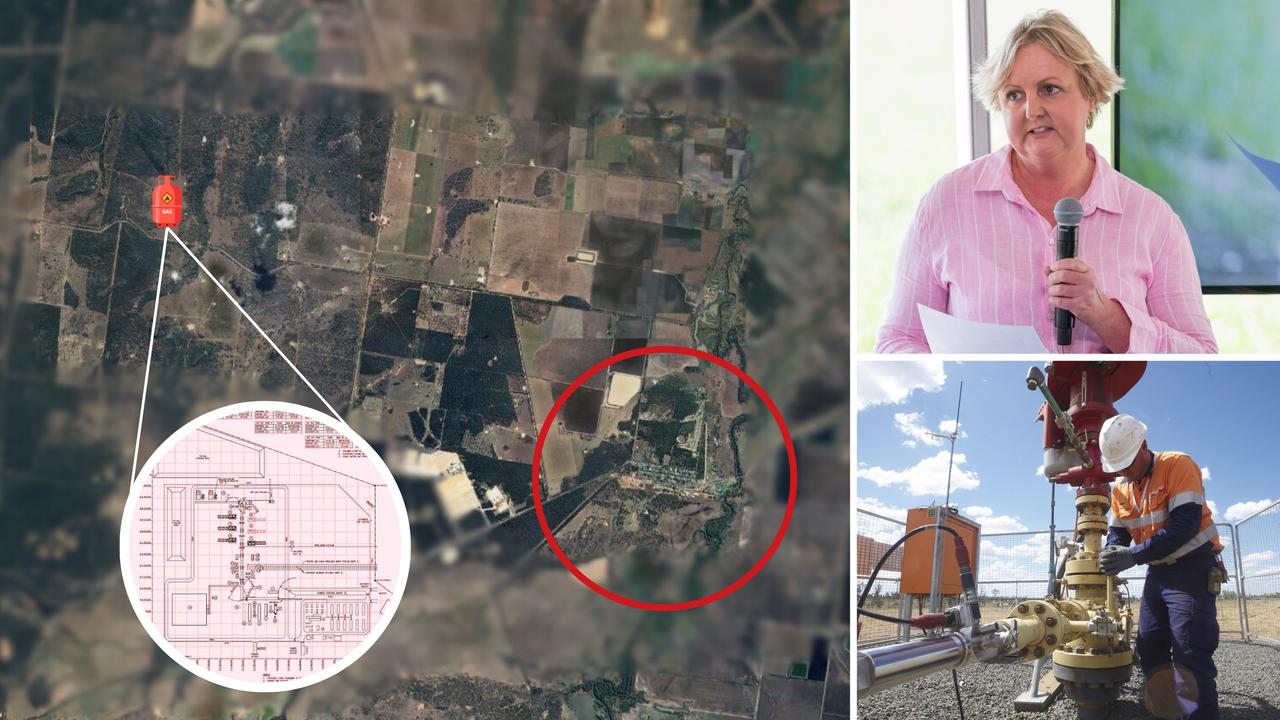Toowoomba council approves changes to $15m Wagyu cattle feedlot plan by Elbow Valley Beef
A revamped plan for a new “high value” Wagyu cattle feedlot outside Toowoomba has been approved by the council, with its owner promising “zero odour” problems for neighbours.
Development
Don't miss out on the headlines from Development. Followed categories will be added to My News.
The owner of a controversial plan for a $15m feedlot producing “high-value” wagyu has promised improvements to the facility will produce zero odour and deliver better outcomes for concerned neighbours.
Elbow Valley Beef was approved by the Toowoomba Regional Council for changes to its original application of a 5000-head feedlot on Strathane Road at Ellangowan.
The new plans, which were endorsed by councillors unanimously at last week’s special meeting, come five years after the project was rejected by a previous TRC following pushback by residents over noise, dust, traffic and odour.
It was subsequentially approved through the planning and environment court in 2021.
The change application has seen the precinct’s layout move from a conventional open-air feedlot to a series of housing sheds.
The model matches the company’s existing feedlot at Canning Downs South near Allora.
Addressing councillors last Wednesday, director Chris Shaw said the revamp not only improved outcomes for cattle but also reduced environmental impacts.
“The footprint that the existing approval is on has shrunk (and) separation from neighbours has increased,” he said.
“We could prove this site would actually handle 20,000 cattle, not 5000 cattle (with this model), and that’s the effect of the sheds – the sheds are a game-changer in this industry.
“Anyone who comes to our other feedlot is blown away by the fact there is no odour.
“The sheds capture all water which falls on the controlled drainage area (so) there’s no leaching into the water table.
“We’re spending $50,000 to $80,000 a month on sawdust, because we’re producing compost (when it’s mixed with the cow manure) and it adds significant value to our business.
“It’s a far better outcome than the previous feedlot — because we’re composting, those odours are actually absorbed.”
Mr Shaw said the cattle would be fed for up to 500 days at Ellangowan.
“We’re a high-value, long-fed program — the value of our cattle is three to four times that of a conventional animal,” he said.
Two neighbouring residents who addressed the meeting, Maree Gormann and Sandra Young, still held concerns over the feedlot and its potential impacts on immediate receptors.
“I can’t afford to up and leave, my house price is going to go down because who wants to live next to cows?” Ms Gormann said.
“We have stand-alone solar, we don’t even have electricity.
“I don’t even have an air conditioner, how am I supposed to have my kids in the heat of the house if I can’t even open the windows because of the smell, the dust?”
In response to concerns about dust, Mr Shaw said the issue had been lessened due to increased rainfall in the area while noting housing sheds also mitigated the impact of dust.







